There’s a growing interest in rabbits in the Philippines. And why not? They are cute, fluffy, and when trained, can be friendly family pets.
Hubert Sy, Interim President of the Philippine Lapine Club, Inc. admits that it was his daughter that got him interested in rabbits as pets. She had been bugging him about it since she was in grade two, but it wasn’t until she was in grade nine that he finally gave in. That was three years ago. He made sure to pick the breeds that he liked so that both he and his daughter could enjoy the hobby. Right now, they have lionheads, Holland lops, French lops, and Flemish giants.
Caring for rabbits
“People say that rabbits are easy to breed and care for,” Sy says. “(This is true) in a way. You still have to make the effort to care for them, but there’s less work involved.”
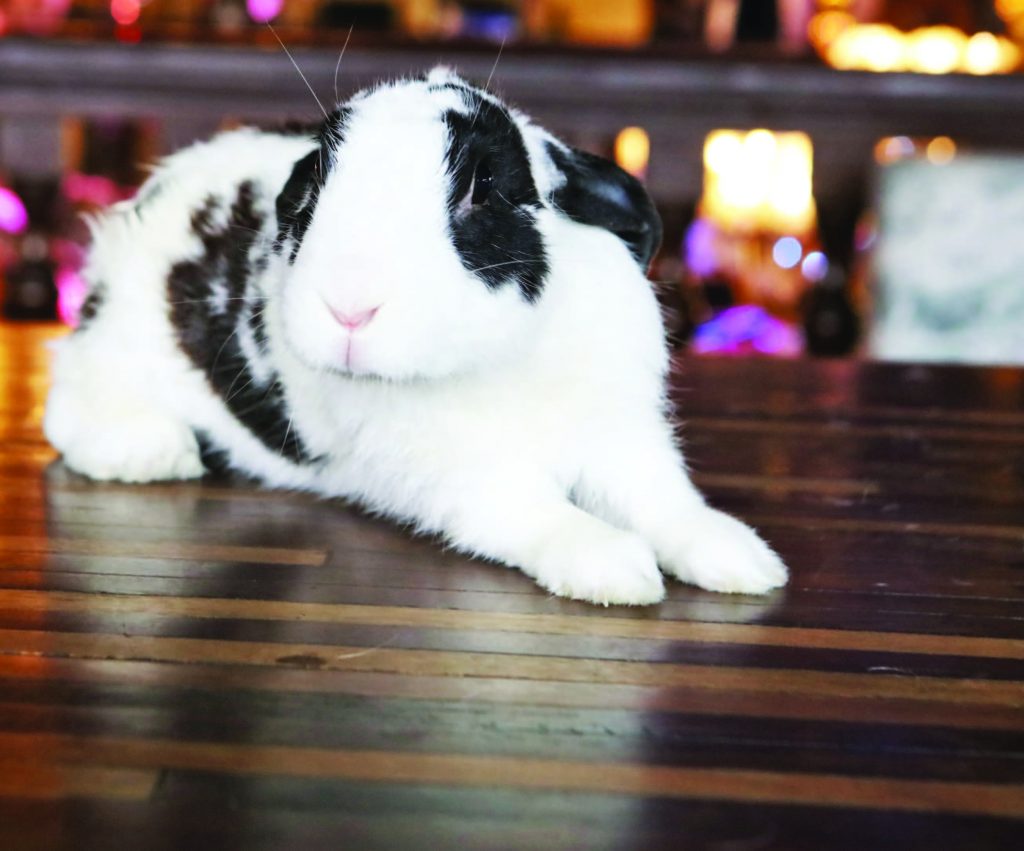
Hygiene
As long as their hutches are kept clean, there is less chance of the rabbits smelling. “As long as their excrement-meaning their poop and pee-don’t mix, there won’t be a smell,” Sy says. “You just need to clean (the hutches) once or twice a day, which would make it odorless.”
Hutches should be kept dry at all times to prevent sores and to keep flies away. Soiled bedding should be removed daily, and the hutch be given a general cleaning every one to two months.
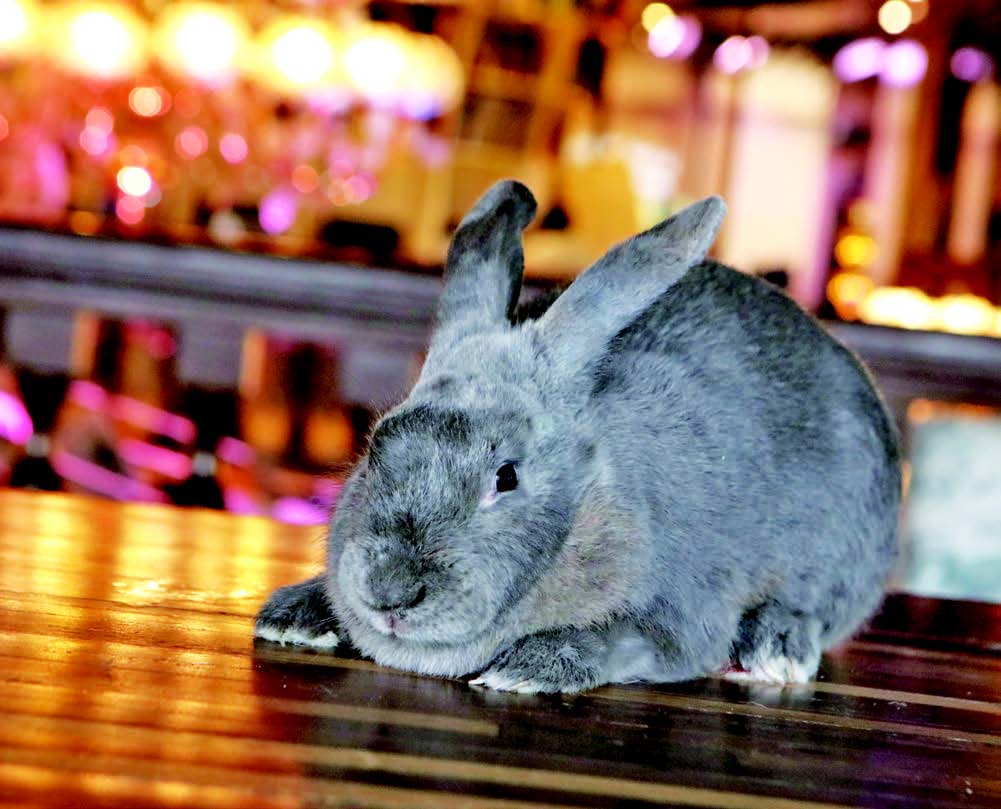
Rabbits aren’t supposed to be given baths because they usually die of stress, but Sy says that some people have trained their pet rabbits to accept baths from a young age. “But usually, the general rule is no,” he says. “They clean themselves like cats. That’s what makes them easier to take care of.”
Housing
“For basic housing, the general rule is the bigger the better,” Sy says. “(This goes for) any pet. It has to be at least twice or three times their size. It has to be made from nontoxic materials.” He adds that there are a lot of accessories available from pet shops, especially online.
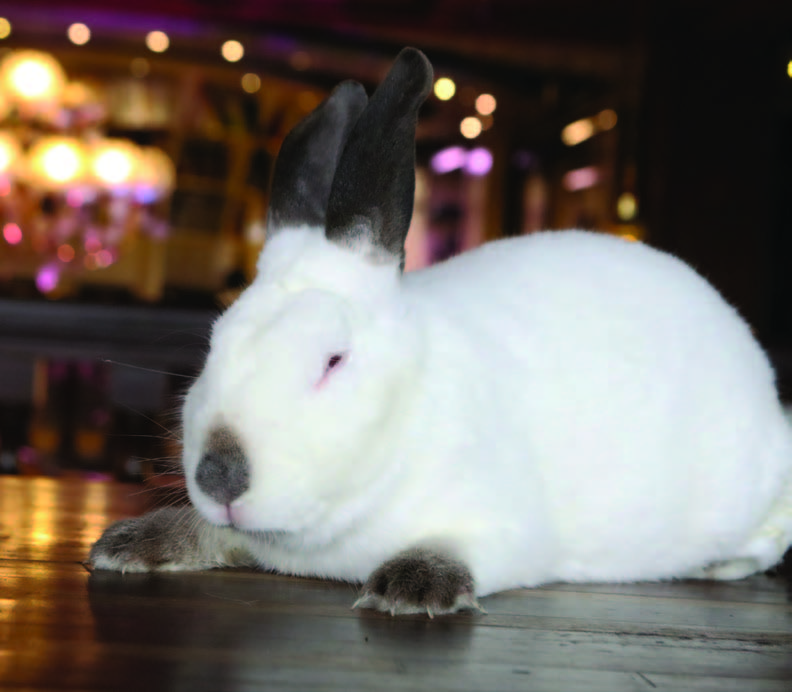
The flooring should be both easy to clean and comfortable for the rabbit. Sy recommends plastic matting used in dog cages to help prevent sore hocks, or pododermatitis, where the bottom of a rabbit’s back legs, or hocks, develops sores and inflammation, which eventually lead to infection. This common illness is caused by factors such as wire mesh flooring and excess weight. If one is forced to have mesh flooring, make sure that the rabbit hutch has a flat area where the rabbit can rest its feet.
Outdoor hutches should be safe from extreme elements such as the sun, wind, and rain. They should also be in a quiet area and keep the rabbit safe from predators, such as cats. It should also be escape-proof. In the summer, bottles of ice can be placed in a corner so the rabbit can cozy up to it when it wants to cool down.If the rabbit is to be kept indoors, a bunny-proof room, a puppy pen, or a large rabbit cage set in an area that invites interaction is ideal. Litter boxes filled with hay can be placed in strategic locations and, as with outdoor bedding should be changed daily.
Food
Rabbits should have access to water 24/7. A water bottle is ideal for this, as it doesn’t take up space and prevents spillage. Pellets should be fed once or twice a day. Hay should be available at all times. “It helps with their teeth and digestion,” Sy explains.
Though Sy doesn’t recommend grass, he notes that some people feed grass dried for at least 24 hours (fresh grass is a no-no) to their rabbits with no ill effects. He also discourages feeding certain vegetables, as these can cause diarrhea. “If you’re sure of your source, that’s the only time you can give them (vegetables),” he says.
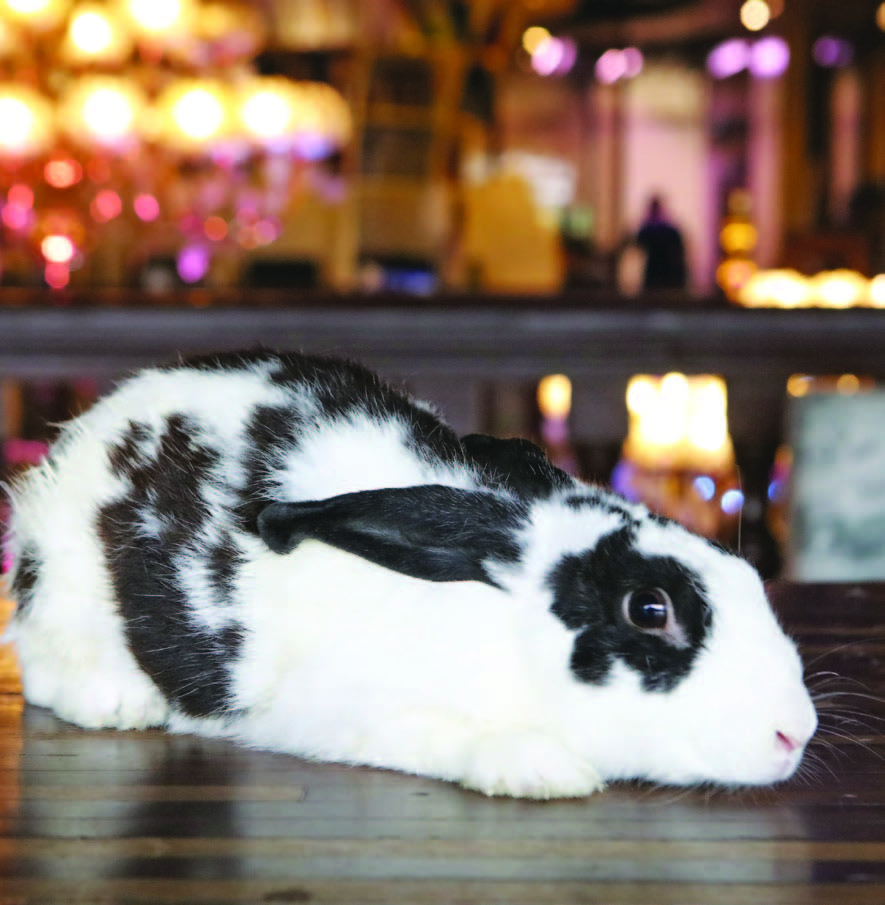
He also advises that fruits and carrots be given in moderation. “They love carrots, veggies, strawberries,” he says. “You can (feed them these things) in moderation—as in a small cube.”
Online sources list romaine lettuce, parsley, arugula, and cilantro as safe for rabbits.
Check to see if a plant is safe for rabbits to eat before feeding it to them. Plants like aloe and begonia are dangerous to rabbits and should not be eaten. Common foods like lettuce, tomatoes, cabbage, corn, and bamboo should also be avoided. Human food like chocolate and candy should not be given to rabbits as well.
Food and water containers should be cleaned daily. Sy emphasizes that this is the one thing rabbit owners cannot get away with.
Health and grooming
Rabbits are prey animals, which means they are good in masking their illnesses. This makes catching diseases before they do permanent harm a challenge. It helps to have a vet who specializes in rabbits. It also helps to familiarize oneself with common bunny diseases. Observing when the rabbit is acting strange is also important. For example, when it is cowering in a corner in an environment where it is usually comfortable, it may be time to bring it to the vet for a check up.

Rabbits can’t cough up hairballs like cats, so their loose fur has to be groomed on a regular basis. Short haired breeds don’t need more than a daily petting or light brushing, while long haired breeds will need longer or more specialized grooming sessions to keep their fur tangle-free.
Pet bunnies can also be spayed or neutered, not just to prevent unwanted litters, but to prevent certain forms of cancers as well.
Training and handling
Their being prey animals also means that they don’t like being handled. However, rabbits can be trained to, if not enjoy, at least tolerate, human contact. Make sure to start slowly, so that the rabbit gets used to being handled. Most rabbits enjoy being lightly patted on their heads, but each rabbit will have an individual preference.
Rabbits are fragile creatures. When picking up a rabbit, make sure that one hand is securely holding the front and the other is securely holding its hind legs, making sure that none of its body is hanging free. Never pick up a rabbit by its ears or its stomach.
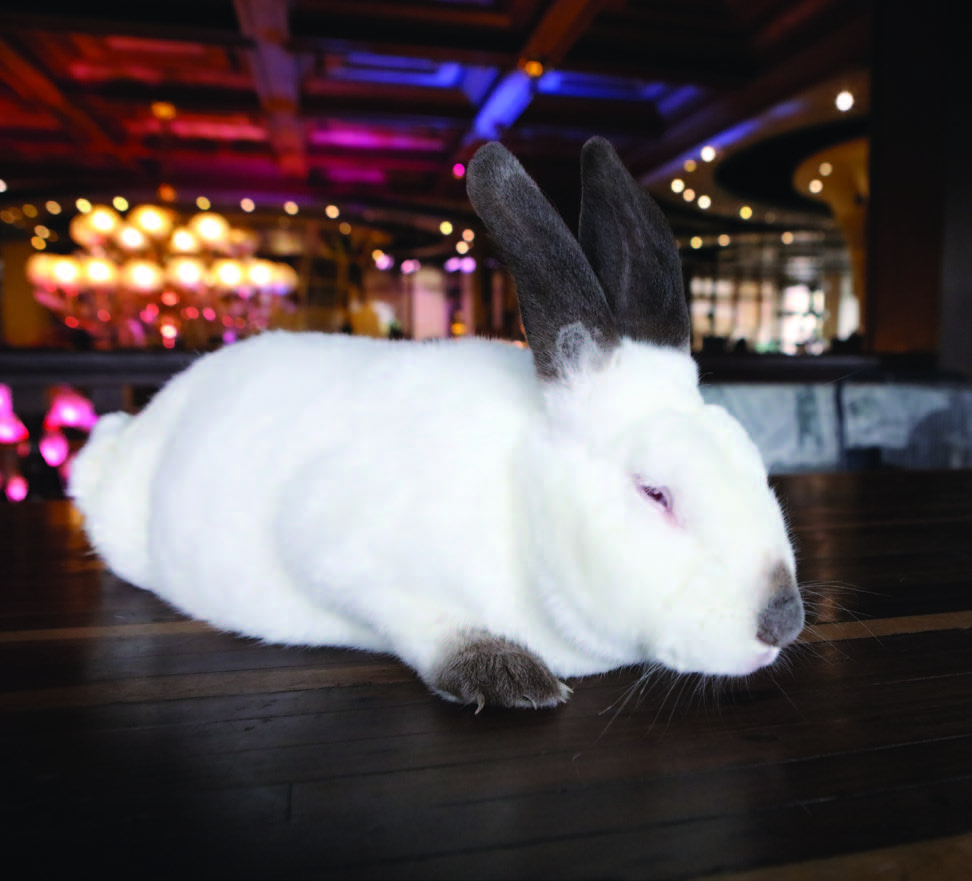
Rabbits can be house trained and trained to do tricks. There are many resources online that explain how to go about it.
Choosing a rabbit
According to Sy, the first thing to consider when choosing a pet rabbit is how much space you have. “If you have a small space, don’t get a giant breed,” he says.
There are dwarf breeds that are suitable to small spaces. If one has the time and space, furry breeds like Angoras and Woolies are quite eye-catching. “If you don’t have the time to take care of them, a Holland lop would be a good choice,” Sy says. The silver Martin, a new breed in the Philippines, is also an option. “Basically there are a lot of breeds, it’s just about what you can offer the bunnies and not what the bunnies can offer you,” he says.
Always purchase rabbits from a reputable breeder. The easiest way to figure out if a breeder is legit is to ask people about them. Another way is to ask advice from rabbit enthusiasts or members of organizations like the Philippine Lapine Club. “Most of us are also breeders. If we don’t have what you need, we will help you look for friends so you won’t get scammed or at least your expectations will be met,” Sy says.
What Sy loves most about rabbits is that “they’re quiet and they don’t smell.” He also loves that he has a hobby that he and his daughter can enjoy together. “She’s so happy and supportive,” he says. “Anytime anything needs to be done, she helps out, generally because she loves to be there.”
This appeared in Animal Scene magazine’s October 2019 issue.
Related stories:
– Into the rabbit hole with Netherland dwarfs
– Hoppily ever after: Rabbit with no ears gets knitted sets from owner
– Seriously cute: The Netherland Dwarf rabbit





